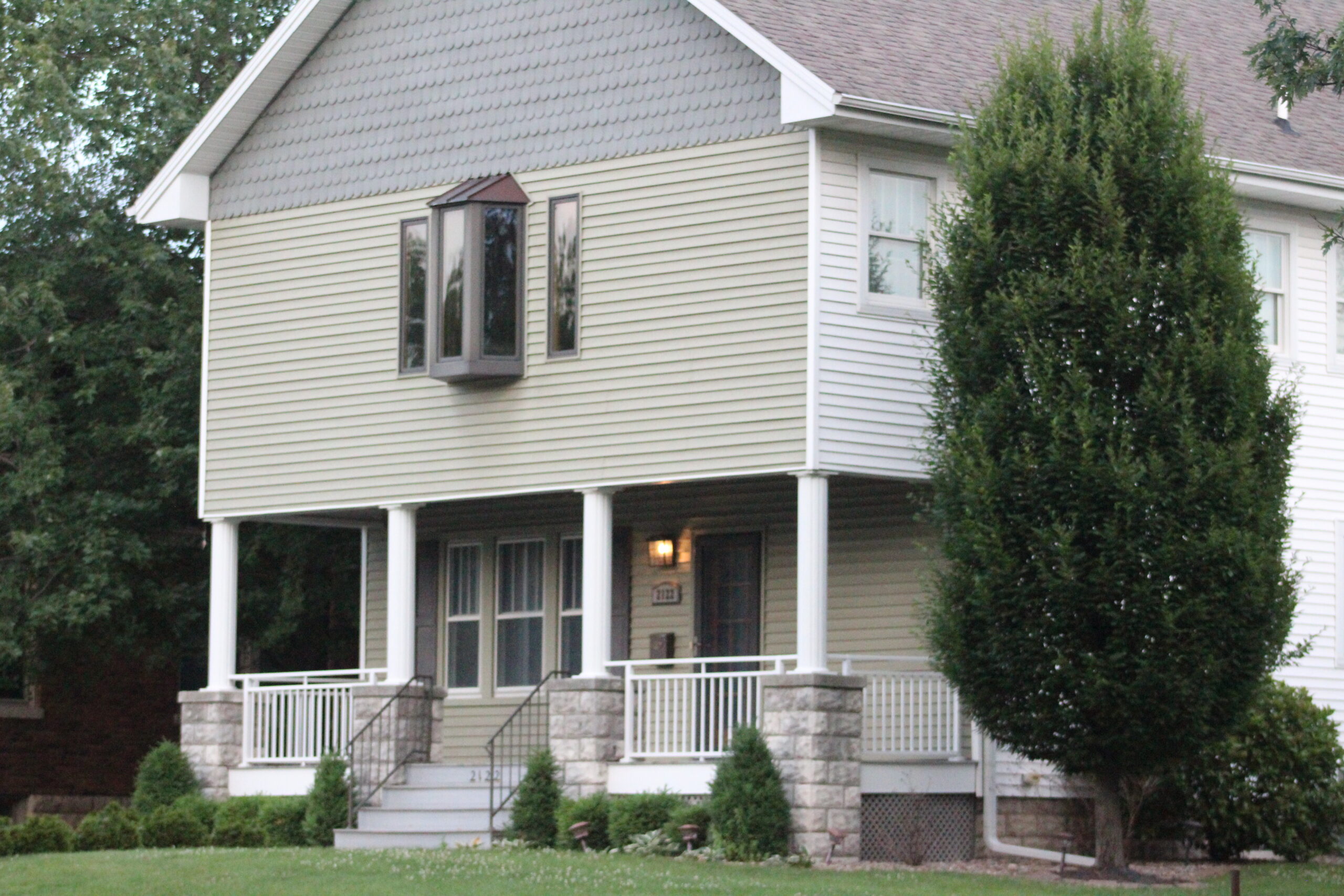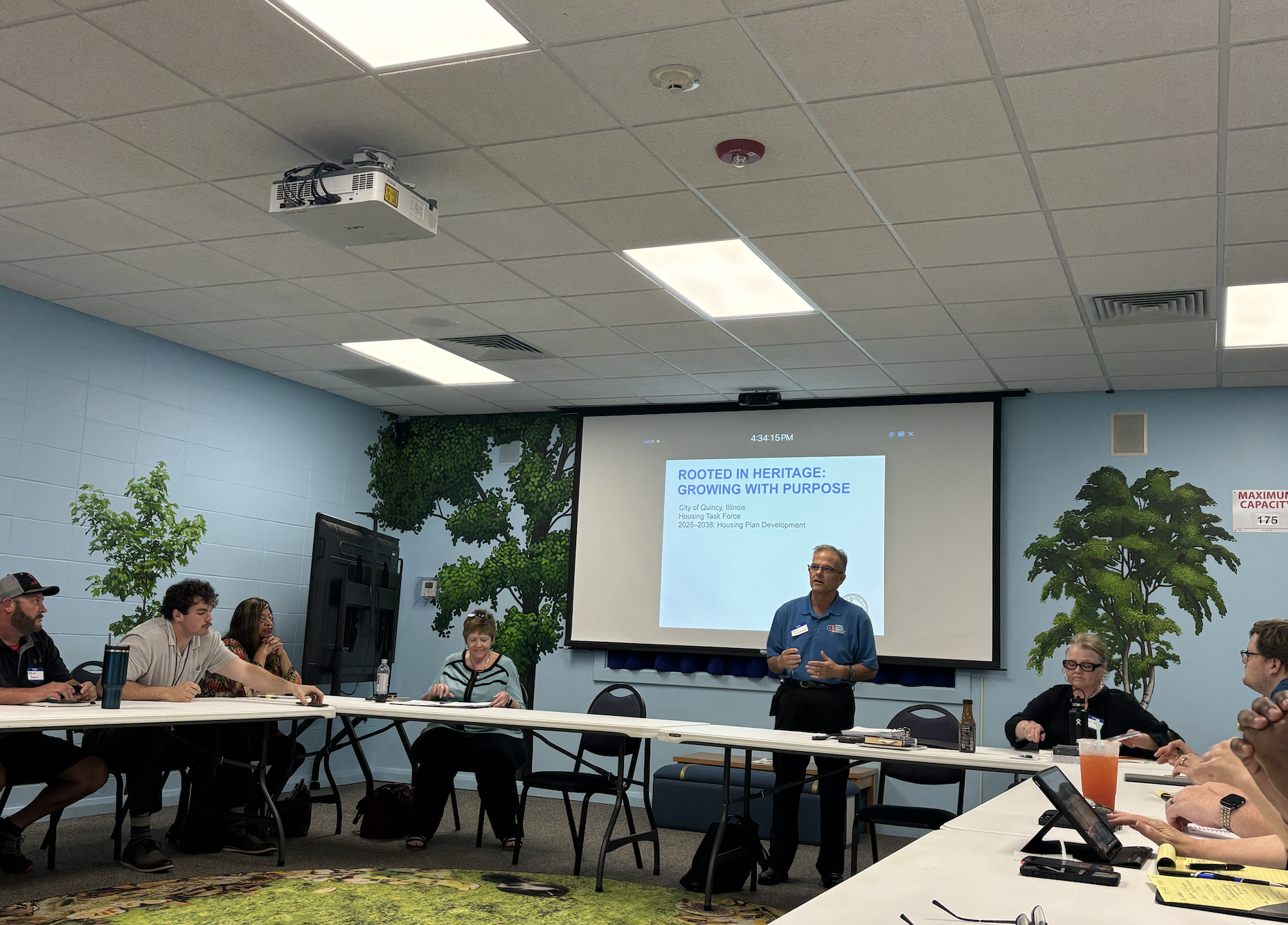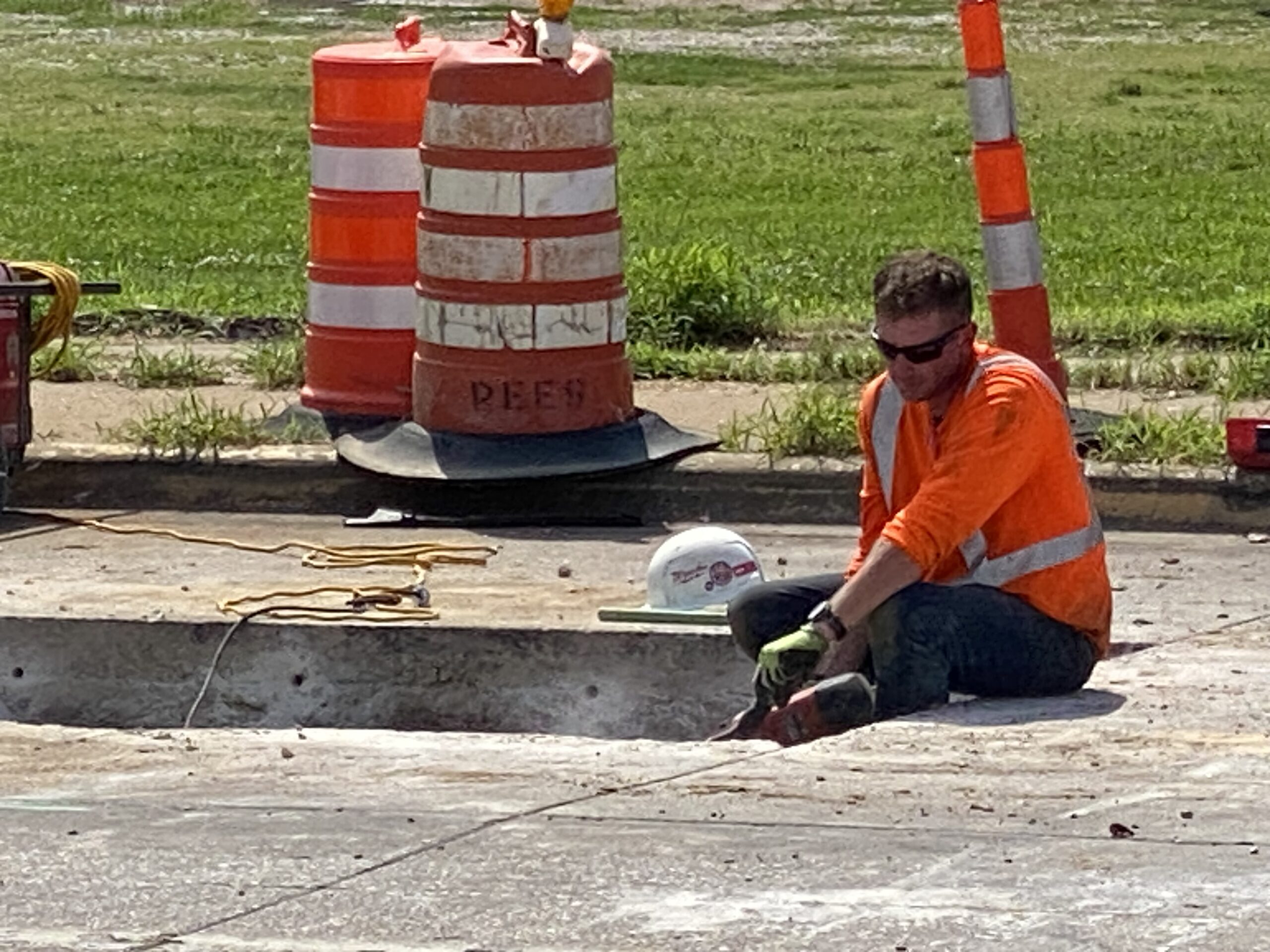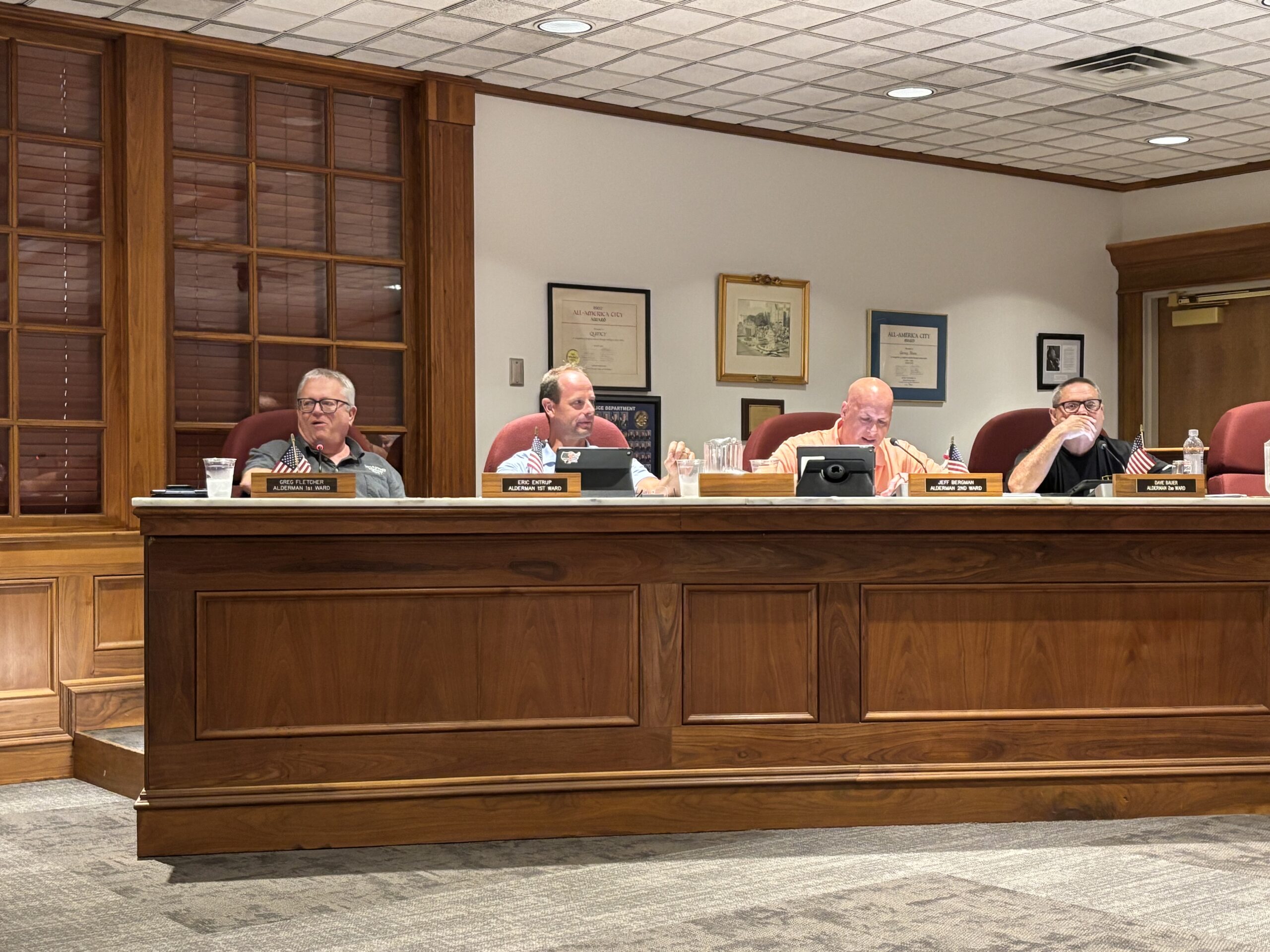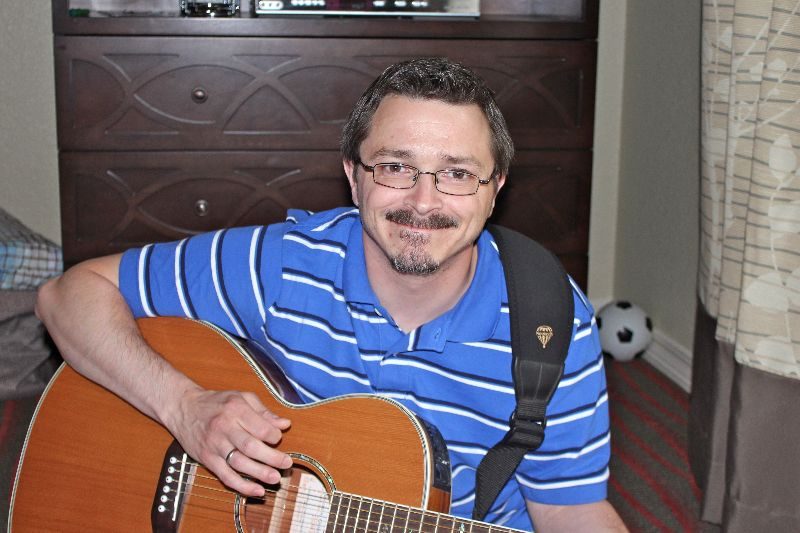Quincy Todd Hastings and the Hope House of Quincy requested a special permit for planned development, which the Quincy Plan Commission recommended be denied at Tuesday’s meeting. The permit would have allowed the operation of a maternity house at 2122 Jefferson for pregnant women who might otherwise be homeless.
The Quincy City Council, which has the last word on the permission request, will hear the suggestion on July 7. The council will have to decide whether to accept the plan commission’s proposal and deny the permission or to reject it and request that an ordinance be written. The enactment of an ordinance, which takes three weeks to approve, would be necessary to obtain a special permission for planned development if the council rejects the plan commission’s recommendation. A supermajority of the city council would also be required to reverse the plan commission’s proposal.
Hastings gave the board an overview of the purpose of the Hope House.
By strengthening moms with the love of Jesus and offering them hope for the future, we are saving the lives of unborn children, Hastings stated. In addition to provide accommodation, education, and employment, we also want to raise mentors who will support them throughout one of the most uncertain periods of their lives.
Hastings acknowledged that the house’s placement in a single-family residential neighborhood raised concerns.
It’s difficult to find something with the proper zoning, Hastings said, but I understand the zoning for where we want to place the house. Our goal is to locate it in an area that is safe and secure so that young girls can pursue their dreams.
Several attendees voiced their concerns about the maternity home being built there. The Hope House may increase the neighborhood’s turnover rate, according to Matthew Scharnhorst, a 13-year resident of 2126 Jefferson. Although Hope House inhabitants would have to remain there for a minimum of a year, Scharnhorst noted that since there may be four people living there at once, there might be a new neighbor every three months.
Scharnhorst expressed his opinion that this will negatively impact the current residents’ sense of community cohesion. They won’t have any long-term connections or a stake in preserving the peaceful culture we’ve grown to enjoy, unlike my neighbors and me.
Scharnhorst also mentioned that if the Hope House opened there, property values may decline.
We had a number of considerations when we bought our house thirteen years ago. According to Scharnhorst, one of the most significant was the neighborhood’s general vibe. We felt more at peace knowing that the majority of the single-family homes in the immediate area were clean and well-maintained. Knowing that the Hope House was just next door would be a deal-breaker for us if we were in the market right now, and we would move somewhere else. This worries me a lot because I wonder whether other prospective buyers would have the same concerns when we finally decide to sell.
Living in 2116 Jefferson, Brent Wingerter does not disagree with the goals of the Hope House. Wingerter would rather that the Hope House locate its maternity house elsewhere.
According to Wingerter, we purchased our home in a pleasant, peaceful, and welcoming community thirty-six years ago. I never expected anything different. I’m going to die upstairs in my bedroom. I have no intention of going anyplace. The major point is that I’ve been called a lot of names for not supporting this hypocrite. I have nothing against the idea. It’s just not the proper place, in my opinion.
Similarly, Mark Albright, who resides at 928 South 22nd, recommended locating somewhere else.
Although we don’t oppose the goal, Albright stated that we do object to the site in our neighborhood. Our neighborhood’s dynamics are calm and tranquil. It’s not that it wouldn’t stay the same, but there is a chance that it would. I would be more than happy to assist in finding a suitable location because we simply do not want to see it there.
Scharnhorst told his neighbors the same thing.
Although I believe the Hope House’s attitude is good, Scharnhorst stated, “I feel more strongly that there has to be a better place with the proper zoning currently in place for this endeavor.”
In other news, Lenard Miller’s request for a Special Permit for Planned Development to use 906 Lind as a counseling center with a setting for court-ordered supervised visitation was granted by the board.
Miller stated that there aren’t any places in Quincy or the surrounding region where court-ordered supervised visitation is the facility’s main usage at the moment, according to city planning director Jason Parrott. When the court mandates supervised visitation, Miller said, the families or persons involved must choose a place for the meeting that is both home-like and has office space available for use as needed.
According to Parrott, the staff views this as a low-intensity commercial institutional use because, rather than a diverse range of customers coming in for retail purchases, this location is probably going to be used on an appointment basis, giving Miller control over the facility’s use and visitor frequency.
The Walter Hammond Daycare, located in the building at 906 Lind, closed its doors in 2014.
